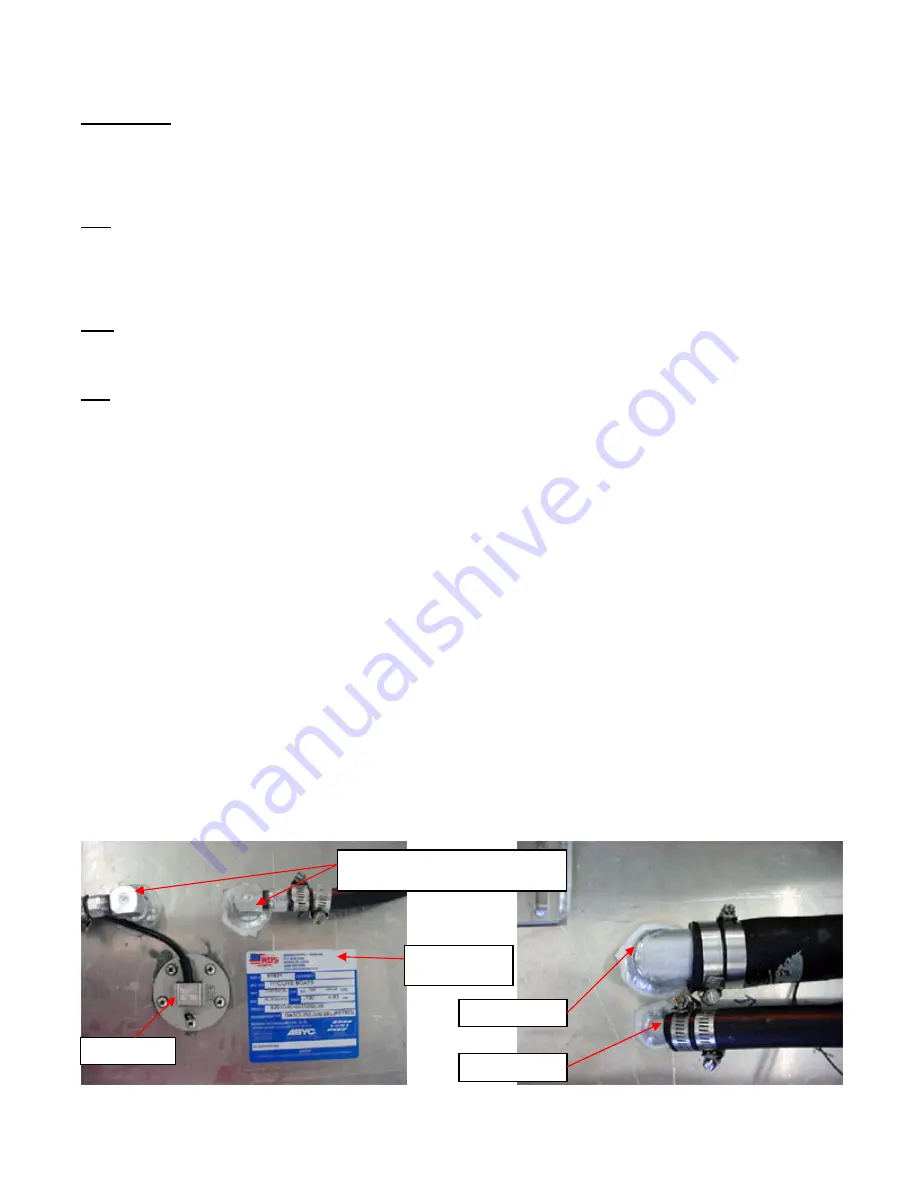
20
Speedometer - To ensure that the speedometer (Speedo) is working properly, get the boat on a planing speed
and check to see if the gauge is reading at the approximate running speed at which the boat is traveling.
Note: The speed-reading on the Speedo may vary a few mph from the actual speed that the boat
is traveling. Either a GPS or a radar gun can check the running speed.
Trim - To ensure the trim gauges/indicators are working properly, start by making sure the engine is trimmed all
the way down. Locate the trim gauge on the instrument panel and check to see if the level on the trim gauge is in
the full down position. As you trim the engine up, watch the trim gauge and ensure that it coincides with the
actual trim of the engine. When you are finished trimming the engine all the way up, the level on the trim gauge
should read in the full up position.
Volts - To system check the volt gauge, turn the ignition key on and turn on the engine. With the engine running,
check the reading on the volt gauge. It should be reading between 12 and 14.5 volts. This reading ensures that
the charging system and the volt gauge are working properly.
Fuel - The fuel gauge reads the amount of fuel remaining in the tank. To check the fuel gauge, place a known
amount of fuel into the fuel fill and fill the tank. Turn the ignition key on and the fuel gauge should read the
approximate amount of fuel in the tank.
For example: If the fuel tank holds 200 gallons of fuel and you pumped 50 gallons of fuel into the
tank, the fuel gauge should read approximately ¼ of a tank. This ensures that the fuel gauge and
the fuel sender are working properly.
If the fuel gauge is not reading correctly, we recommend that you have the fuel sender checked by a qualified
service professional before considering changing out the gauge. For more information, please refer to the
Fuel/Oil Systems section of this manual.
For specific information related to your gauges, refer to the materials in your owner’s package that was provided
by the gauge manufacturer.
Fuel / Oil Systems
Fuel Tank
The 200-gallon fuel tank on your Pro-Line is constructed of heavy gauge aluminum with internal baffling to
minimize sloshing. The fuel tank is located under the deck and is secured between the stringers and bulkheads.
Inspect all hose connections on a regular basis. You can access the other end of the fuel fill and fuel vent hoses
via the round deck plate that is installed just below the fuel fill fitting on the inside the cockpit.
Located below the access pie installed
just forward of the bilge hatch
Located below the access pie
installed just aft of the helm seat
Fuel sender
Manufacturer
s label
Fuel vent
Fuel fill hose
Fuel pick ups
(for a twin-engine application)
Summary of Contents for 2010 26 Express
Page 2: ...ii ...
















































